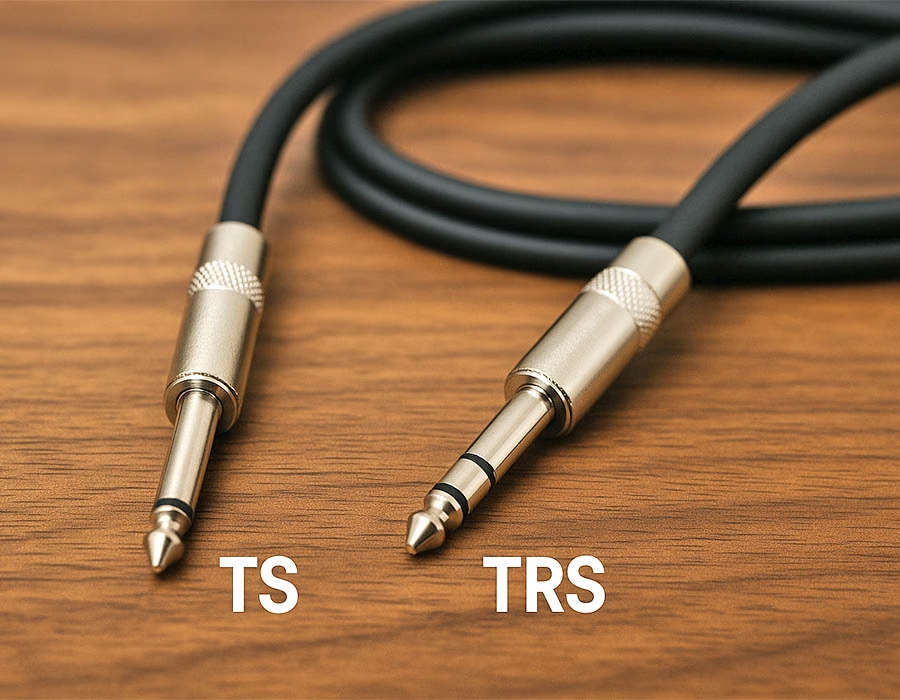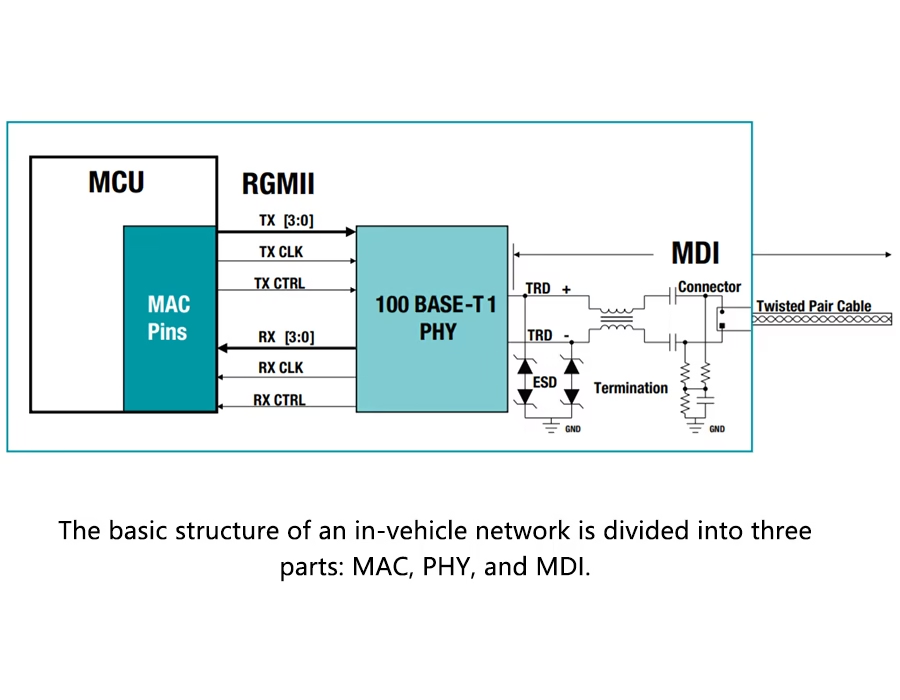
Wire harnesses in the appliance business are subject to stringent safety and compliance requirements. Manufacturers rely on certifications to demonstrate that a harness is safe, durable, and compliant with legal requirements. These standards address electrical safety, fire resistance, and environmental effects.
In this tutorial, we’ll cover the key certifications, including those from UL and CSA in North America, as well as CE, VDE, and RoHS in Europe, so you know what to look for when purchasing a wiring harness. Following these guidelines keeps your appliances safe and compliant, avoiding costly recalls or fines.
North American Safety (UL & CSA)
Harnesses in the United States and Canada must be UL-listed or CSA-certified to demonstrate that they have passed rigorous testing. Underwriters Laboratories (UL) tests appliance wire (often under UL 758 for Appliance Wire Material) for fire, voltage, and durability to ensure it fulfills National Electrical Code (NEC) requirements. Similarly, Canada’s CSA (C22.2 standards) establishes comparable safety criteria.
Many cables bear both marks; for example, a lowercase “c” next to the UL logo indicates that it meets Canadian code. In practice, seeing the UL emblem on a harness (typically accompanying the UL style number, such as UL1007) suggests that it has been deemed safe in North America. For appliances, use wire with the following certifications. For example, Romtronic’s custom appliance harnesses are UL-listed and fully compliant with CSA standards.
European & International Marks (CE, IEC & VDE)
In Europe and most global markets, appliances must bear the CE mark. CE (Conformité Européenne) indicates that the product conforms with EU safety requirements (such as the Low Voltage Directive 2014/35/EU and Machinery Directive 2006/42/EC). Appliances must meet EN/IEC 60335-1 safety criteria for up to 250 volts. This includes adequate insulation, grounding, shock, and fire protection.
In Germany, the VDE mark increases confidence because it signifies that the product was tested by the VDE (DKE/VDE) agency using DIN VDE standards that are consistent with IEC guidelines. Many providers test for both UL and VDE simultaneously, as this covers both the US and EU markets. In brief, CE-certified wiring and VDE-tested components provide peace of mind throughout Europe. Romtronic’s harnesses are CE and VDE approved, and their design adheres to IEC/EN requirements for appliance wiring.
Environmental & Material Compliance (RoHS)
Appliances must comply with both environmental regulations and electrical safety requirements. The RoHS directive (2011/65/EU) restricts the use of hazardous substances in electronics. This includes harnesses that contain no lead (Pb), mercury (Hg), cadmium (Cd), some flame retardants (e.g., PBB, PBDE), or other hazardous compounds.
Anything designated RoHS-compliant employs insulation and polymers that are devoid of these forbidden substances.
Common RoHS-safe materials include PVC, polyurethane (TPU), and XLPE for cables and tape. This is critical for appliances, as noncompliance can prevent EU sales. Key prohibited substances:
- Lead (Pb), Mercury (Hg), Cadmium (Cd)
- Hexavalent chromium (Cr(VI)), PBB, PBDE (certain brominated flame retardants)
Any harness claiming RoHS compliance will avoid them. Romtronic’s appliance wiring harnesses are made from RoHS-certified materials, ensuring conformity with EU environmental requirements.
Quality and Assembly Standards
Certified materials alone are insufficient; assembly quality is essential. The IPC/WHMA-A-620 standard sets the industry standard for harness craftsmanship. The standard establishes tight criteria for wire stripping, crimping, and soldering, as well as quality levels for various applications (Class 1-3). While IPC-A-620 is not legally required, it does assure uniform, defect-free assembly.
Many OEMs and cable providers, like Romtronic, are trained to the A-620 standard. Ultimately, suppliers often utilize ISO 9001 quality management systems. An ISO-certified factory has established documented processes to ensure the consistent production of harnesses.
To summarize, purchase a harness from a manufacturer that holds ISO 9001 accreditation and adheres to IPC-A-620 procedures, ensuring that your harness is manufactured correctly the first time.
Choosing a Certified Harness Supplier
Choosing a harness supplier who understands these criteria is crucial. Check for product specifications and lab results (such as UL files, EN certificates, and RoHS declarations) to ensure conformity. The supplier should provide documentation for each mark.
For example, Romtronic offers CE-certified, UL-listed, and VDE-tested appliance wire harnesses that are fully compliant with the RoHS directive. Their certifications and quality standards ensure that your appliance passes regulatory inspections. In summary, working with an experienced manufacturer ensures that your harness satisfies the appropriate criteria for each market.
Key Standards at a Glance
| Standard / Certification | Region / Scope | Notes |
|---|---|---|
| UL (e.g. UL 758) | USA | US safety standard for appliance wiring; UL-Listed harnesses meet NEC requirements |
| CSA (e.g. C22.2) | Canada | Canadian standard harmonized with UL (often seen as “cUL” mark) |
| CE Marking | EU/EEA | Mandatory for EU; indicates appliance meets EU safety directives (LVD, Machinery Directive) |
| EN IEC 60335-1 | International / EU | Global standard for household appliances (≤250 V); covers appliance wiring safety |
| VDE (DIN VDE) | Germany / EU | German electrotechnical standard (IEC-based); VDE mark indicates testing by DKE/VDE |
| RoHS (2011/65/EU) | EU (global influence) | Restricts hazardous substances (Pb, Hg, Cd, etc.) in electronics |
| IPC/WHMA-A-620 | International (Industry) | Industry standard for wire harness assembly quality (defines workmanship classes) |
| ISO 9001 | International (Industry) | Quality management system certification; ensures consistent manufacturing processes |
Frequently Asked Questions
A: The CE mark is typically applied to the finished device rather than to each harness. However, all electrical components of that device must comply with applicable EU standards (e.g., Low Voltage, EMC). In practice, use CE-rated cables and components to ensure the finished product can be CE-certified under EU legislation.
A: A UL-Listed harness (with the UL emblem) has been evaluated and certified as a complete device for general usage. A UL-Recognized component (with the “UR” label) is only approved for use inside equipment, not as a standalone finished product. In a nutshell, UL-Listed means “safe to install,” and UL-Recognized means “authorized as a component within equipment.”
A: RoHS ensures that harness materials do not contain toxic metals or chemicals. Using RoHS-compliant wires and insulation (e.g., lead-free solder, PVC, TPU) protects the environment while also ensuring that your product meets standards in areas such as the EU. Non-RoHS wiring can cause product failures and regulatory rejections; therefore, it is crucial for global appliance sales.
A: Look for certification logos (UL, CE, VDE, etc.) on labels or datasheets, and ask your supplier for test reports or certificates. A reliable supplier (such as Romtronic) will list all relevant marks and give evidence upon request. Look for assembly quality indicators, such as IPC/WHMA-A-620 training and ISO certification, to boost your trust.
.avif)
Sam Wu is the Marketing Manager at Romtronic, holding a degree in Mechatronics. With 12 years of experience in sales within the electronic wiring harness industry, he manages marketing efforts across Europe. An expert in cable assembly, wiring harnesses, and advanced connectivity solutions, Sam simplifies complex technologies, offering clear, actionable advice to help you confidently navigate your electrical projects.


